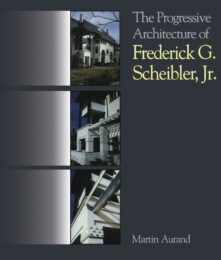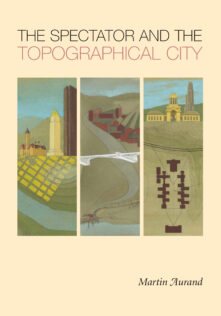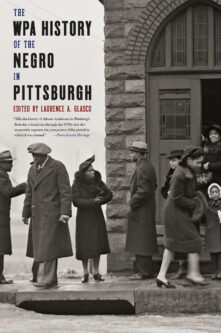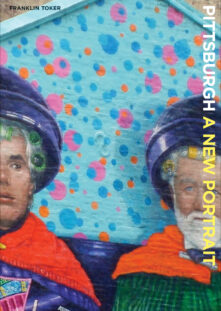Regional
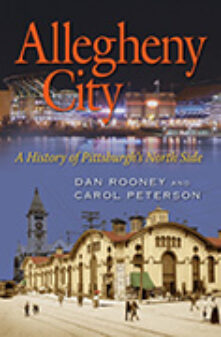

Allegheny City
A History of Pittsburgh's North Side
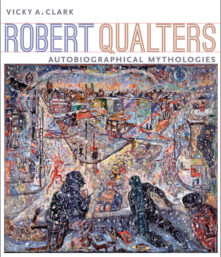

Robert Qualters
Autobiographical Mythologies
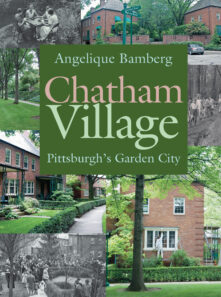

Chatham Village
Pittsburgh's Garden City
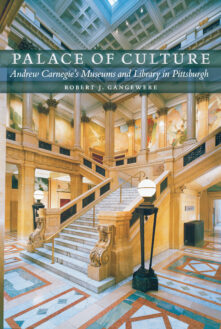

Palace of Culture
Andrew Carnegie's Museums and Library in Pittsburgh
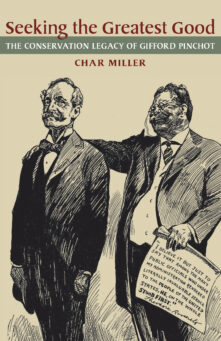

Seeking the Greatest Good
The Conservation Legacy of Gifford Pinchot
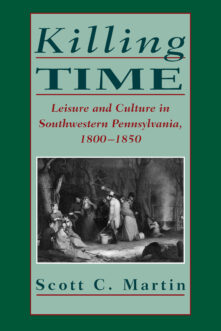

Killing Time
Leisure and Culture in Southwestern Pennsylvania, 1800–1850
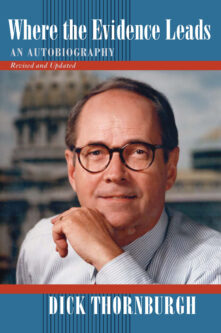

Where the Evidence Leads
An Autobiography, Revised and Updated
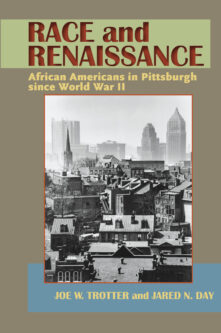

Race and Renaissance
African Americans in Pittsburgh since World War II
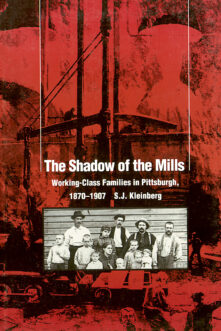

The Shadow Of The Mills
Working-Class Families in Pittsburgh, 1870–1907
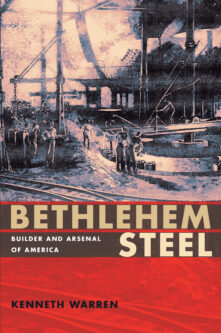

Bethlehem Steel
Builder and Arsenal of America
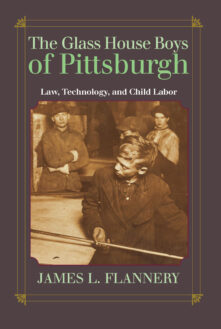

The Glass House Boys of Pittsburgh
Law, Technology, and Child Labor
Total 119 results found.


